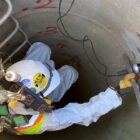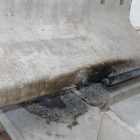In this article, we will review 3 non-destructive testing and evaluation methods for detecting voids under concrete slabs. We will review Ground Penetrating Radar, Ultrasonic Pulse Echo, and Impact-Echo/Impulse-Response methods for evaluating the location and extent of voids under concrete slabs and pavements.
Voids Under Concrete Slabs
Voids under concrete slabs refer to empty spaces or gaps that exist between the underside of a concrete slab and the ground or subbase beneath it. These voids can occur due to various reasons, such as poor compaction of the subgrade, erosion, settlement, or the presence of organic materials that decompose over time. Voids can also occur behind the concrete lining in trunk sewer and tunnel linings. Voids under concrete slabs can be problematic for several reasons:
- Structural Integrity: Voids can compromise the structural integrity of the concrete slab, leading to uneven settling or cracking. This can result in an uneven surface, trip hazards, or even the complete failure of the slab.
- Soil Erosion: Voids allow water to penetrate and erode the soil beneath the slab. Over time, this erosion can create larger voids, further weakening the support for the slab.
- Moisture Issues: Voids can create pathways for moisture to enter the slab, leading to issues such as mold growth, deterioration of the concrete, or even damage to structures built on top of the slab.
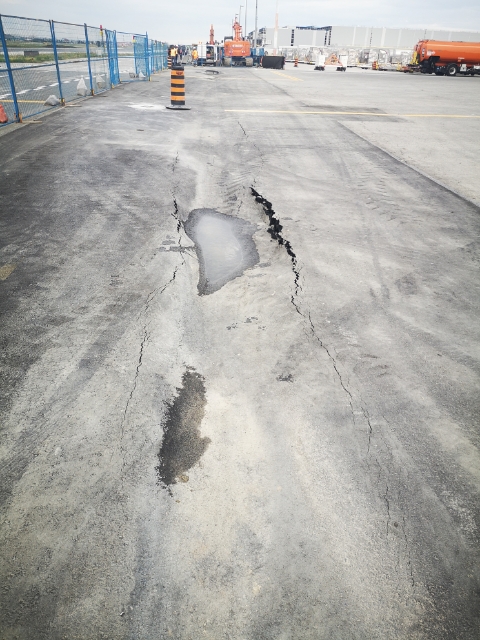
How To Detect Voids Under Concrete Slabs
3 Different NDT methods can be used to evaluate the location and extent of voids under concrete slabs. In this section, we will review the applications of these NDT methods in detecting potential voids:
1- Ground Penetrating Radar – GPR
Ground Penetrating Radar (GPR) is a commonly used method to detect voids under concrete slabs. GPR provides a cost-effective means for rapid screening of large concrete slabs. The test is generally fast, and requires minimal preparation. The GPR can provide very useful insight on the location of potential voids (sinkholes) underneath the concrete slabs or pavement system. Certain parameters should be carefully studies and examined in order to get a reliable scan, including, excessive moisture on the surface, uneven concrete surface, and extreme heat (especially if the scan is happening in outdoor space, in warm season.
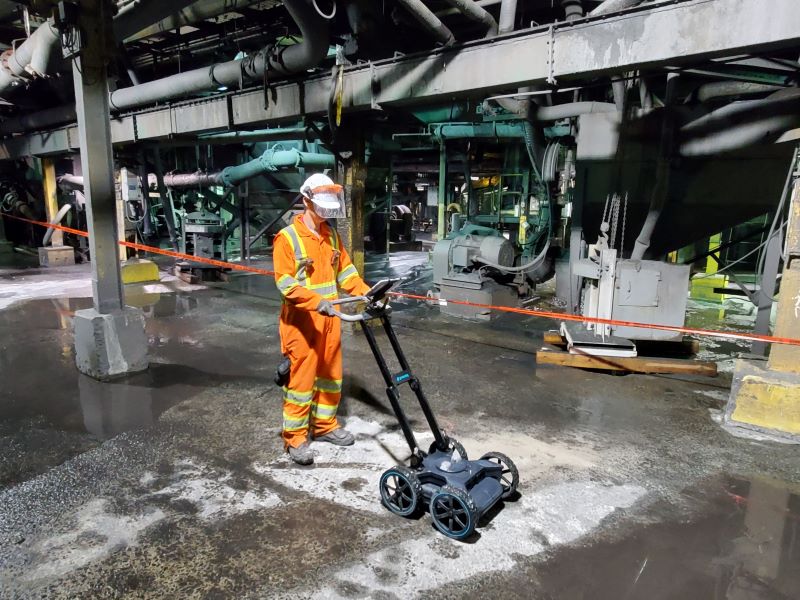
2- Impulse – Response Method
Impulse-Response method offers a rapid, cost-effective and non-destructive way for condition assessment of concrete plate-like structures. The test provides valuable information on the likelihood of damage and helps in the quality assurance of concrete repair and rehabilitation. The impulse Response test method uses stress waves for condition assessment of concrete slabs, pavements, bridge decks, walls and other plate-like structures. It can also be used to assess the location and extent of anomalies underneath the slab.
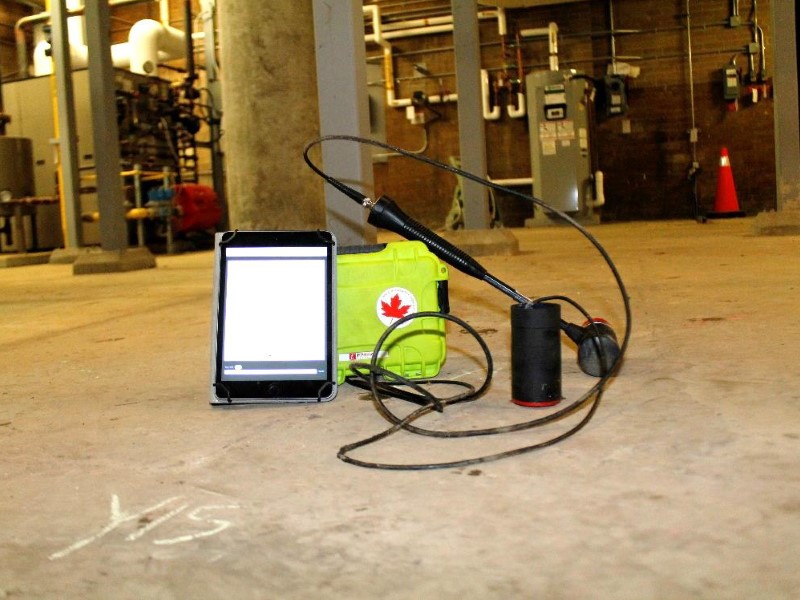
3- Ultrasonic Pulse Echo Tomography
Ultrasonic Pulse Echo is a non-destructive testing (NDT) method for scanning sub-surface targets in concrete elements. UPE methods use acoustic stress waves to study the properties of sub-surface layers, and locate defects by identifying any anomaly of acoustical impedance that is different from concrete. UPE is valuable for assessing the condition of concrete slabs and pavements, particularly for detecting voids or deterioration beneath the surface. It aids in determining the extent of damage, identifying potential weak points, and assisting in decision-making regarding maintenance or rehabilitation strategies.

4- Validation
To validate the findings and confirm the presence of voids, it’s recommended to conduct additional investigations, such as coring or visual inspection. These methods can help verify the GPR results and provide a more comprehensive assessment of the voids.

